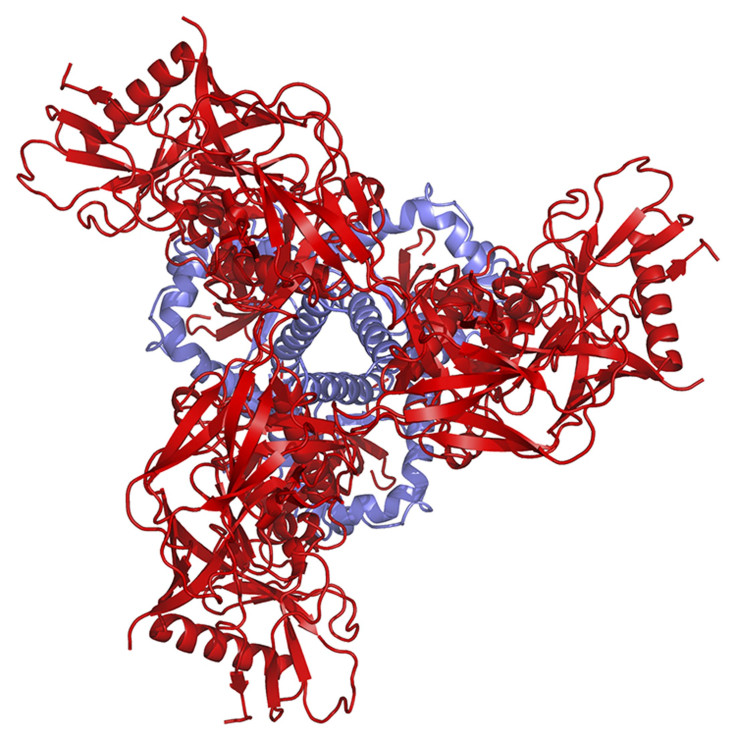ViewHIV reveals new phase of HIV infection

A team of scientists at the University of Massachusetts Medical School has unveiled a new life cycle stage in HIV infection. A new technique in taking images of intact infected cells was able to determine that the new phase of infection, called intra-nuclear migration, relies on the human protein CPSF6 to guide the virus through the host cell’s nucleus and settle active genes.
“This study reveals an important stage and mechanism in HIV infection that was previously unappreciated,” principal investigator Abraham Brass stated in a press release. “It’s important to know more about these early infection events so we can come up with ways to stop the virus from becoming part of our DNA and infecting us for life.”
Brass and colleagues developed ViewHIV, a new technique used to monitor the migration of HIV, which is made up of a protein capsule that contains the HIV’s DNA as the virus passes through the nuclear membrane and moves around inside the nucleus.
Scientists have been unable to generate good images of HIV inside the nucleus using standard techniques. Hence, most information about HIV’s transit across the nuclear membrane have been obtained through indirect molecular biology and biochemistry methods.
“Researchers have been studying HIV for 30 years, but we still didn’t have a really good way to look inside infected cells,” co-author Perreira said. “We thought that if we could just see what’s going on, then we could get a better idea of what the virus is doing and how to stop it.”
The team realised that the viral capsule has a crucial role in the virus’ ability to enter and navigate through the nucleus. Previous research hypothesised that HIV sheds protein capsule before entering the nuclear pore complex. However, the new study shows that a portion of the capsule is still present, and the final shedding occurs once the virus reaches its final destination.
When a cell is infected with HIV, the virus attaches to CPSF6, which is transported across the nuclear membrane by the nuclear importer, TNPO3. Once inside the nucleus, HIV is carried to active gene areas to integrate.
Without TNPO3, the virus cannot cross the nuclear membrane, and without CPSF6, HIV is unable to find the preferred active gene regions, so it will integrate into less active regions instead.
Researchers call ViewHIV a breakthrough in the greater realisation of HIV’s life cycle. Finally, what happens between the point when HIV enters the nucleus and the virus’ DNA integration into human genome has been understood.
“We believe ViewHIV is going to be a great tool for unlocking the mechanisms that govern the early state of HIV’s life cycle,” Brass adds. “With our technique we can better determine how HIV establishes itself into our DNA and develop new ways to stop that from happening.”
Contact the writer at feedback@ibtimes.com.au or tell us what you think below.





















